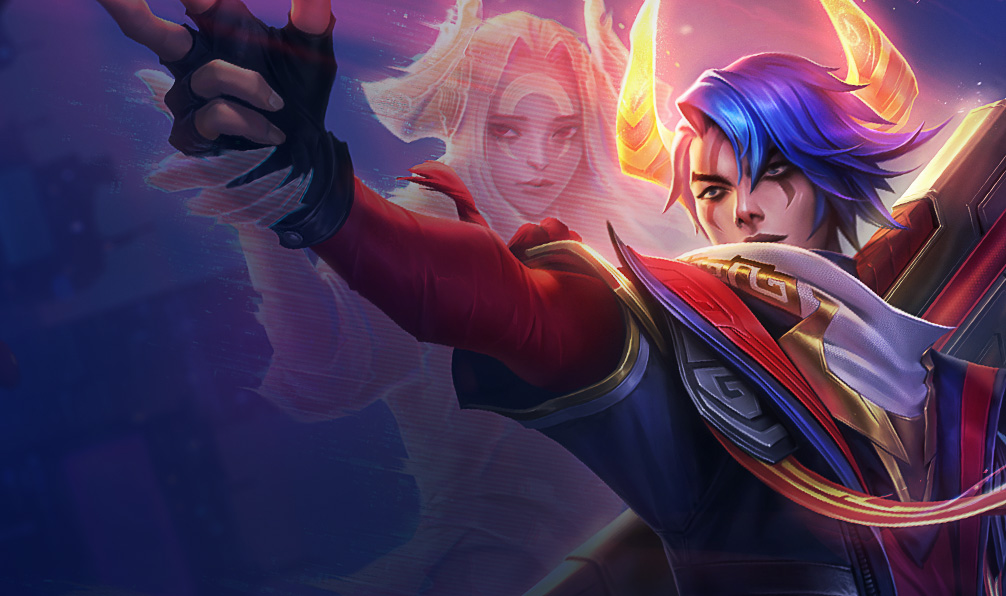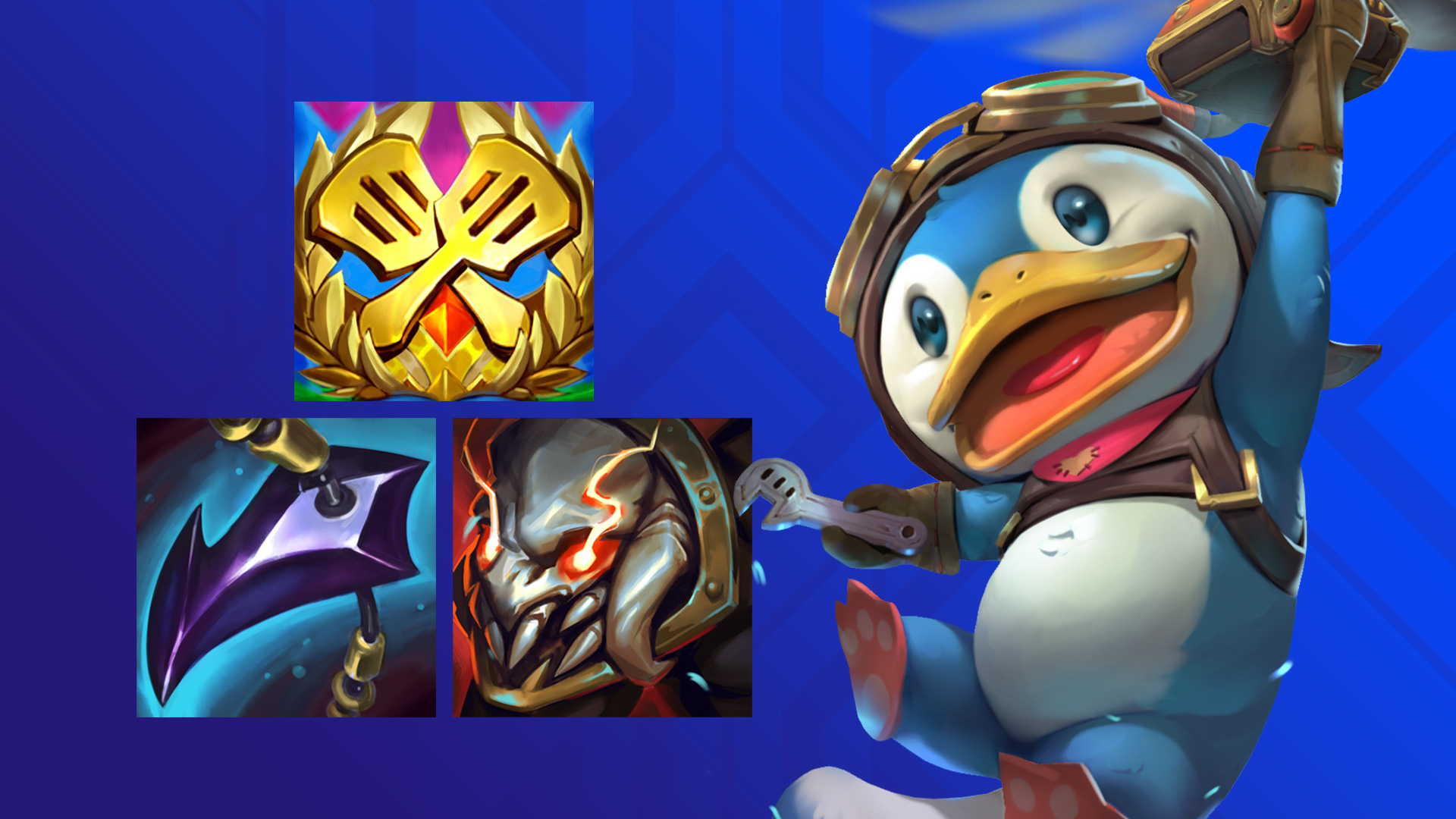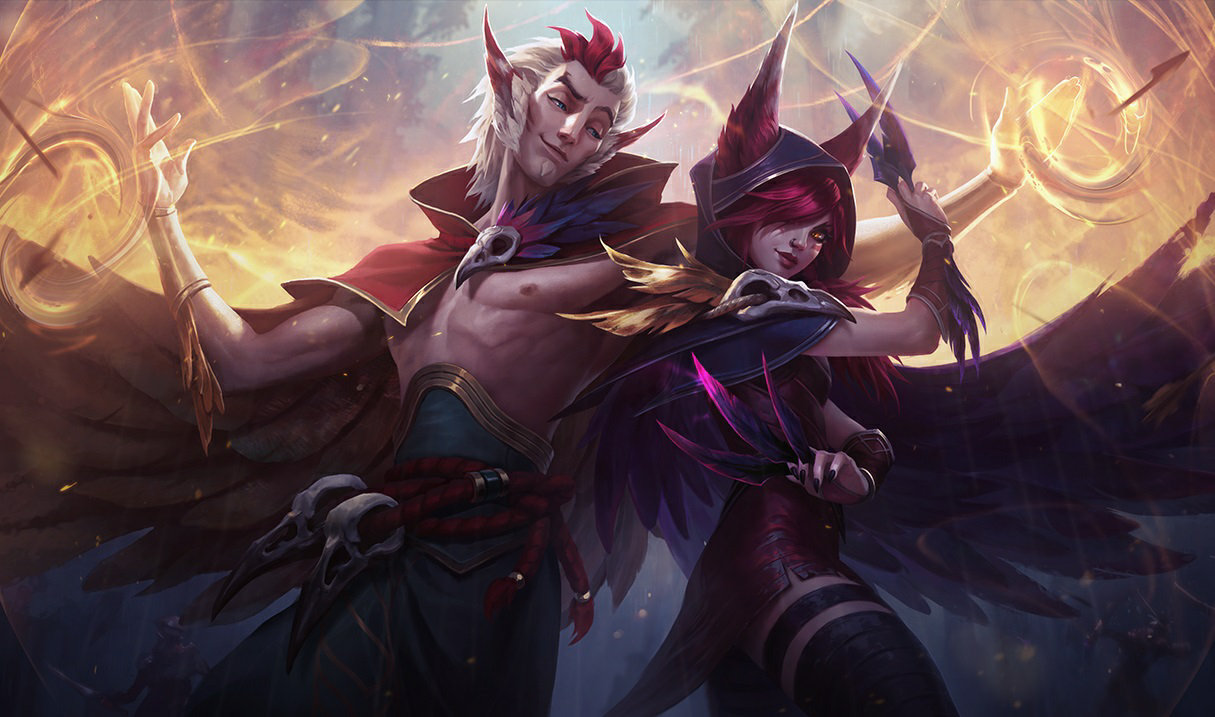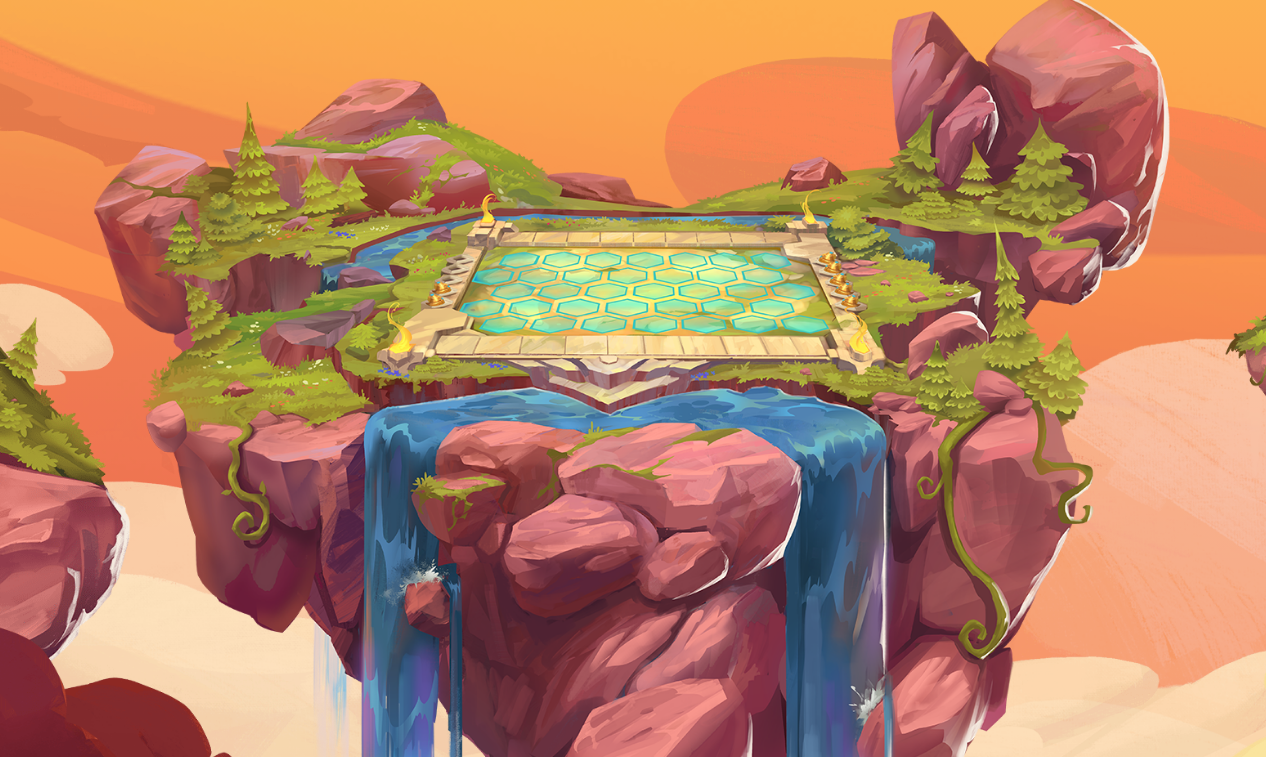How to Climb to Master
Welcome to my guide on how to climb to Master in TFT. I didn’t originally plan on continuing this series, but I figured I might as well give some more pointers and tips for those wanting to climb higher. If you haven’t already, check out my previous guides on climbing through the ranks. These are somewhat sequential and follow up from each other.
In the previous guides, I’ve covered things like fundamentals, intermediate skills, and more advanced tips on many topics in the game.
My previous article on climbing to Diamond covered some tips on climbing to Master and higher, and this article will simply expand on that. I talked mainly about concepts last article, but for this article, I’ll be going over some examples that you may be able to utilize in game, or apply to other situations. Let’s get into the guide.
Breaking the Rules
In the last article, I talked about how once you know the rules, it’s important to also learn when to start breaking them. To further explain this point, I’ll go over a few examples.
Leveling at Different Intervals

Most players will understand that there are leveling fundamentals, such as hitting level 6 at 3-2, or level 7 at 4-1. While this is a very good baseline to understand, straying from these rules can often be a winning play.
Aggressive Leveling
For example, when you want to play aggressively, or want to extend your win streak, you can level up early to leverage your advantage.
- Level up to 5 at 2-3 or 2-4
- Level up to 6 at 3-1
- Level up to 7 at 3-5
- Level up to 8 at 4-3 or 4-5
These intervals of leveling are faster than the “normal” leveling strategy, and is one of the ways you can leverage a strong start.
There are basically 2 reasons you will want to do this:
- You want to extend your win streak. Leveling up to add in another unit can help you extend your win streak, letting you save health while also building up more gold. Leveling up faster also lets you find stronger units faster, keeping you ahead of the lobby.
- If you’re playing a “top 4” comp. These comps (like Duelists in Set 8) often have a power spike in the mid game, but fall off in the late game. These comps want to aggressively get ahead and land in the top 4 rather than win the whole lobby. Leveling up quickly is another way to make use of your mid game power spike. By leveling faster, you put more pressure on other players, making it less likely they can stabilize and get stronger than you.
However, as with any strategy, there are drawbacks and risks involved.
If you level up early, and lose your win streak, or aren’t strong enough to win rounds, you will very quickly go 8th or bottom 2. Leveling early is sacrificing your economy and interest to ideally earn it back by winning rounds. If you level up and still lose rounds, you’re not only weak on board, but have little time to recover your economy.
Greedy Leveling

Much like aggressively leveling, you can do the reverse and instead level up late. Leveling up to 5 at Krugs is a common example if you want to lose streak through Stage 2, but you can continue this trend further.
You can level up to 6 at 3-4 or level 7 at 4-2 to get just an extra round of interest before leveling up. This is something you can consider when you are lose streaking or know your board is weak. Instead of leveraging gold to save HP, you leverage your HP to earn more gold.
The risks are also the opposite of aggressive leveling. Leveling up late almost ensures that you will lose more HP in the early and mid game. As such, even if you are able to stabilize, a few unlucky loses and you will go out 8th. However, the payoff can also be higher. If you stabilize and hit the late game with a very strong board, you can simply win out and hit first, second, or hopefully at least top 4.
Flexible Items

While leveling is something that is more clear to understand, items can be more difficult to assess. The way I see it, there are two strategies when it comes to itemizing.
Carry First Itemizing
The first strategy I see a lot of people employ is to build the 3 BiS items for the carry they plan to play. With this, you can simply use any item holder until you find your late game carry, and swap them over.
With the rest of the items, you can simply make whatever other strong tank or utility items you can, or itemize a second carry if you have a lot of offensive items.
This strategy lacks consistency, but if you hit your carry with ideal items, you can often stabilize and potentially make a comeback even if you’re low on HP. This strategy is also better if you’re playing the strongest or one of the strongest comps of the patch.
Slam Itemizing
Alternatively, you can try to itemize in a way that looks to make your board as strong as possible, as fast as possible. This can be combining tank items, utility items, carry items, anything to make your board stronger immediately.
While you may be able to cruise through the early and mid game with this strategy, you may fall off in the late game if your items don’t come together perfectly. You may end up with only tank items in the late game, or not enough strong items for your carry. Ideally, your strong early start will land you a top 4 position even with a weaker late game board.
Matching Strategies

In the previous two sections, I covered two opposing leveling strategies, as well as two opposing itemizing strategies. While neither are necessarily “better” than the other, the important thing to consider is to combine matching strategies.
If you’re leveling aggressively, you want to slam items and be as strong as possible rather than wait to build perfect items.
If you’re being greedy and saving up gold, you will usually want to also be greedy with your items. This way, when you try to stabilize, you will be strong enough to make it back into the top 4.
With this framework in mind, we can look at the rest of the game through this lens as well.
Positioning
In most guides, as well as my own, I cover ways to make your positioning better, but you may not always want to win a round.
Let’s say you get off to a bad start and decide to play a greedy game. In Stage 2, you should actively be looking to lose rounds rather than win. For example, you can put your ranged units in the front row, and your tanks in the back to increase the odds you lose a fight.
While Stage 2 is a common spot you may see this, there are other times you can put this to use as well.
If you are leveling early and aggressively, you want to also spend more time scouting in that round to ensure you win that round at all costs, as losing your win streak will be a major detriment to your economy.
Conclusion

To summarize the point, breaking the rules of TFT is important for finding small edges in games. However, when you break a rule, you should understand why you’re doing so, and what other aspects of the game need to match your decisions.
This article went over what I would consider the most common “rule breaks.” However, as you play more and learn more, you will definitely encounter more niche situations that can result in unique decisions.
One last tip from me is to understand that the correct decision might not always result in a good finish. TFT is a game with lots of variables, and it’s impossible to Top 4 every single game. It’s tough to know if you made the right decision in TFT as you can never know what will happen afterward.
Would you have finished in a higher place if you decided to greed more? Or greed less? It’s hard to know. Even still, try your best to analyze if you’re making good decisions, and improvement will come.
That’s all from me! Good luck in your games, and try not to go 8th. 🙂
To learn about the latest new TFT Set, head to our all-in-one Teamfight Tactics Set 8.5 reveal page that covers all champions, synergies, and more!
Subscribe to our newsletter:
Don’t miss out on all of the latest TFT content!
 Download APP
Download APP Collapse
Collapse
